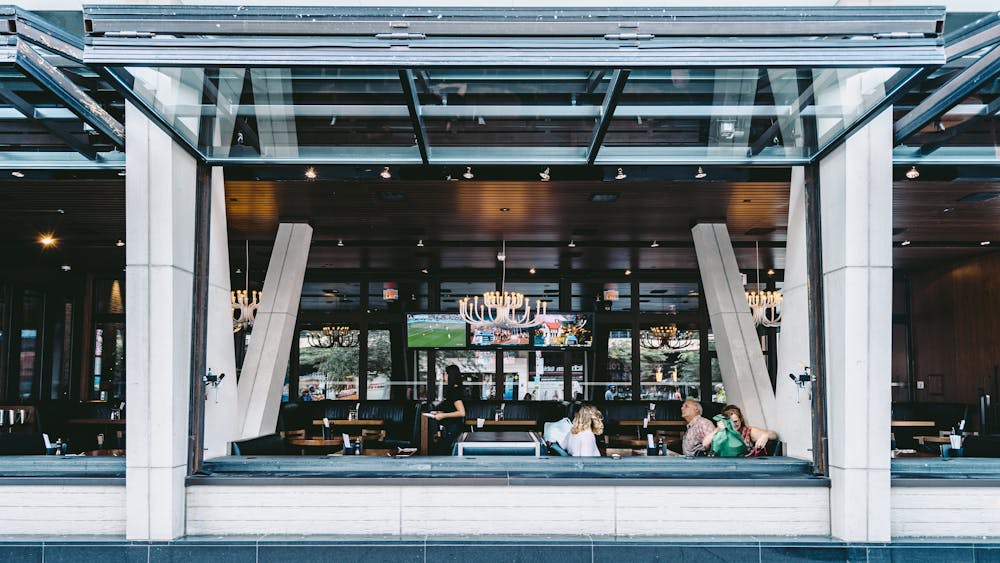Let’s take a journey back in time – not to the age of dinosaurs or ancient civilizations, but to a time when our ancestors roamed the earth, hunting and gathering their food in the wild. This is the essence of the Paleo diet – an eating plan inspired by the dietary habits of our Paleolithic predecessors.
 Now, I’ll admit, when I first heard about the Paleo diet, I was intrigued yet skeptical. I mean, how could eating like a caveman possibly be relevant in today’s modern world? But as I delved deeper into the principles behind this ancestral eating approach, I began to see its appeal and its potential benefits for our health and well-being.
Now, I’ll admit, when I first heard about the Paleo diet, I was intrigued yet skeptical. I mean, how could eating like a caveman possibly be relevant in today’s modern world? But as I delved deeper into the principles behind this ancestral eating approach, I began to see its appeal and its potential benefits for our health and well-being.
 At its core, the Paleo diet is all about embracing whole, unprocessed foods that our ancestors would have hunted, gathered, or foraged for thousands of years ago. This includes lean meats, fish, seafood, fruits, vegetables, nuts, and seeds – basically anything that could be obtained through natural means, without the need for agriculture or industrial processing.
At its core, the Paleo diet is all about embracing whole, unprocessed foods that our ancestors would have hunted, gathered, or foraged for thousands of years ago. This includes lean meats, fish, seafood, fruits, vegetables, nuts, and seeds – basically anything that could be obtained through natural means, without the need for agriculture or industrial processing.
 But it’s not just about what we eat – it’s also about what we don’t eat. The Paleo diet excludes grains, legumes, dairy, refined sugars, and processed foods, as these were not part of our ancestors’ diet during the Paleolithic era. The idea is that by eliminating these modern-day culprits, we can reduce inflammation, improve digestion, and support overall health and vitality.
But it’s not just about what we eat – it’s also about what we don’t eat. The Paleo diet excludes grains, legumes, dairy, refined sugars, and processed foods, as these were not part of our ancestors’ diet during the Paleolithic era. The idea is that by eliminating these modern-day culprits, we can reduce inflammation, improve digestion, and support overall health and vitality.
 One of the key principles of the Paleo diet is its focus on nutrient density. By prioritizing nutrient-rich foods like grass-fed meats, wild-caught fish, and colorful fruits and vegetables, we can ensure that our bodies are getting the essential vitamins, minerals, and antioxidants they need to thrive. Plus, by avoiding processed foods and refined sugars, we can help stabilize blood sugar levels and reduce the risk of chronic diseases like obesity, diabetes, and heart disease.
One of the key principles of the Paleo diet is its focus on nutrient density. By prioritizing nutrient-rich foods like grass-fed meats, wild-caught fish, and colorful fruits and vegetables, we can ensure that our bodies are getting the essential vitamins, minerals, and antioxidants they need to thrive. Plus, by avoiding processed foods and refined sugars, we can help stabilize blood sugar levels and reduce the risk of chronic diseases like obesity, diabetes, and heart disease.
 But perhaps the most compelling aspect of the Paleo diet is its emphasis on bioindividuality – the idea that there is no one-size-fits-all approach to eating. While the core principles of the Paleo diet remain the same, each person’s dietary needs and preferences may vary based on factors like genetics, lifestyle, and health goals. Whether you’re a hardcore Paleo purist or simply looking to incorporate some Paleo-inspired meals into your routine, there’s flexibility and room for customization within this ancestral eating framework.
But perhaps the most compelling aspect of the Paleo diet is its emphasis on bioindividuality – the idea that there is no one-size-fits-all approach to eating. While the core principles of the Paleo diet remain the same, each person’s dietary needs and preferences may vary based on factors like genetics, lifestyle, and health goals. Whether you’re a hardcore Paleo purist or simply looking to incorporate some Paleo-inspired meals into your routine, there’s flexibility and room for customization within this ancestral eating framework.
 Now, it’s important to note that the Paleo diet isn’t without its critics. Some argue that it’s too restrictive or impractical in today’s modern world, while others question its historical accuracy or long-term sustainability. And it’s true – the Paleo diet may not be suitable for everyone, especially those with certain dietary restrictions or medical conditions.
Now, it’s important to note that the Paleo diet isn’t without its critics. Some argue that it’s too restrictive or impractical in today’s modern world, while others question its historical accuracy or long-term sustainability. And it’s true – the Paleo diet may not be suitable for everyone, especially those with certain dietary restrictions or medical conditions.
 But for those who are able to adopt a Paleo-inspired approach to eating, the potential benefits can be profound. It’s like tapping into our primal instincts and reconnecting with our roots as human beings, all while nourishing our bodies with real, wholesome foods. So whether you’re a Paleo enthusiast or simply curious about ancestral eating, know that you’re embarking on a journey towards better health and a deeper understanding of our shared human heritage.
But for those who are able to adopt a Paleo-inspired approach to eating, the potential benefits can be profound. It’s like tapping into our primal instincts and reconnecting with our roots as human beings, all while nourishing our bodies with real, wholesome foods. So whether you’re a Paleo enthusiast or simply curious about ancestral eating, know that you’re embarking on a journey towards better health and a deeper understanding of our shared human heritage.

